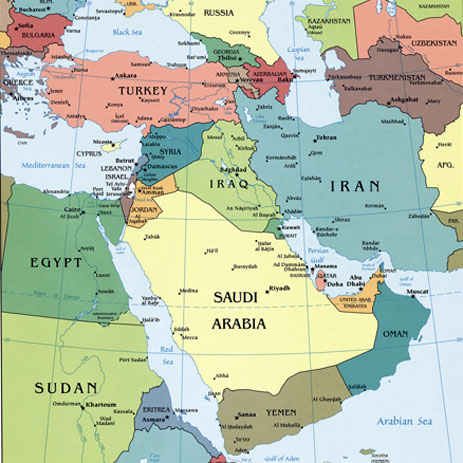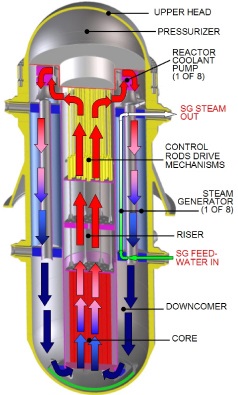Since the dawn of the nuclear age in the 1940s, the U.S. public has been subjected to a propaganda campaign to create acceptance for the U.S. nuclear program and the nuclear industry. The New York Times has been a part of this campaign since it was enlisted during the Manhattan Project to build the first U.S. nuclear bombs during World War II.
General Leslie Groves, the Director of the Manhattan Project, approached Arthur Hays Sulzberger, the publisher of the New Your Times to recruit journalist William L. Laurence to work for the Project. Laurence would be paid by the U.S. government while his wife would receive his regular Times salary. When they needed to test a nuclear device at the Alamagordo Test Range in New Mexico, Laurence wrote a piece for the NYT in which he explained that the detonation that lit up the sky for hundreds of miles was really the explosion of a munitions dump.
Laurence would go on to produce a ten-part series for the NYT extolling the virtues of the Manhattan Project which was published after the U.S. dropped two nuclear bombs on Japan in 1945. The series was published “on behalf of the government” and was distributed “to the press nationwide.” The NYT was not the biggest paper in the U.S. but it had a sterling reputation which the government was counting on to help shape public opinion about nuclear weapons. Laurence continued to promote nuclear power and nuclear weapons for years. He once wrote that nuclear power would “make the dream of the Earth as a Promised Land come true.” His enthusiastic endorsement of all things nuclear became the offical stance of the NYT.
The NYT was complicit in the U.S. government Cold War cover-up of the dangers of radioactivity to the environment and human heath following the bombing of Japan and the testing of nuclear devices in the South Pacific. Thousands of U.S. servicemen, civilian technicians and miners, civil defense officials, natives in the South Pacific and others were not apprised of the dangers of the radioactive materials that they were working with or exposed to.
The NYT times was instrumental in convincing the U.S. public that nuclear power was safe and economical. Recently the NYT has been a major cheerleader for the revival of nuclear power reactor construction in the U.S. Even after the disaster at Fukushima, the NYT stated in an editorial, “We suspect that, when all the evidence is in from Japan, it (nuclear power) will remain a valuable tool.”
For over seventy years, the NYT has been a strong supporter of nuclear power regardless of the steadily mounting evidence that nuclear power is dangerous and expensive. The NYT has been dishonest with the U.S. public with respect to the pros and cons of nuclear power. Thomas Jefferson was a strong supporter of an independent press as being critical to democracy. The NYT has failed in its duty to its readers and to the very concept of an independent press in the U.S.







